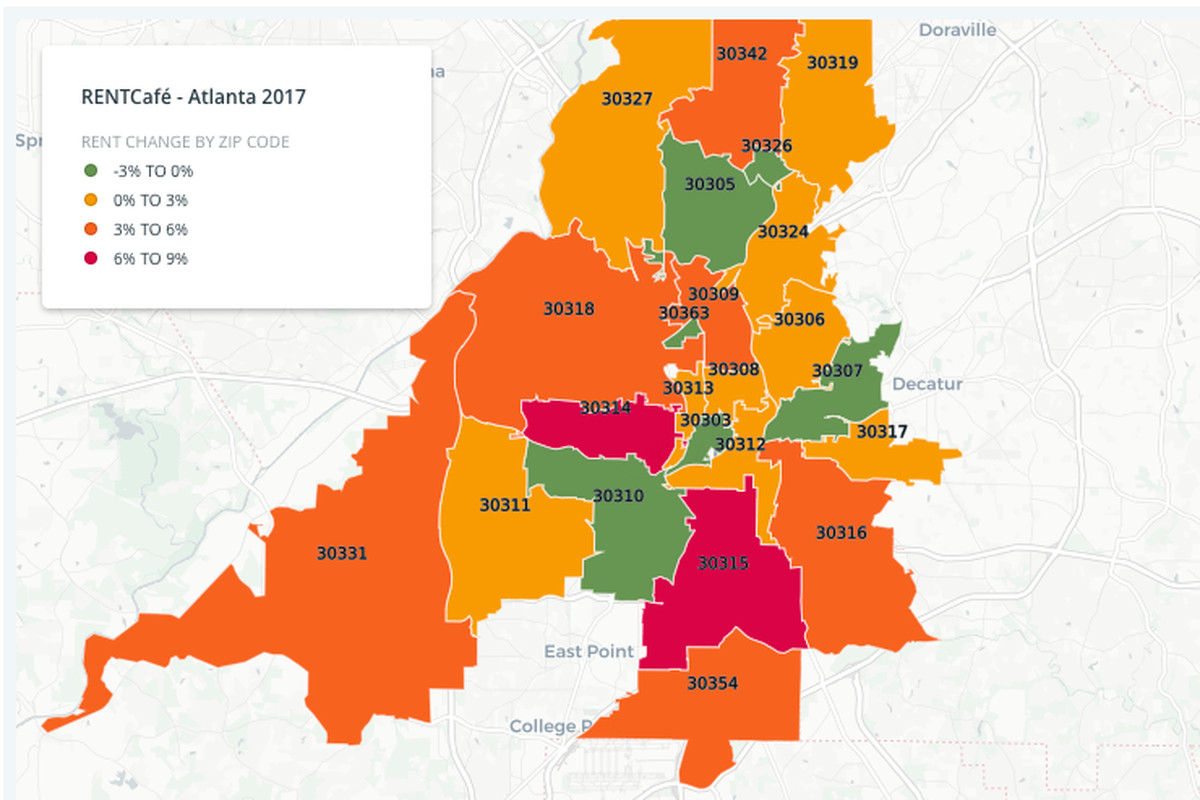In a world where content saturation is at an all-time high, standing out requires a departure from conventional formats and narratives. Non-standard content refers to creative, unconventional, or disruptive forms of media, messaging, and storytelling that challenge traditional norms. Whether in marketing, education, entertainment, or corporate communication, non-standard content redefines engagement and fosters deeper audience connections.
This article explores the concept of non-standard content, its importance, benefits, challenges, and the best practices for leveraging it effectively.
1. Understanding Non-Standard Content
Non-standard content is defined by its unique presentation, delivery method, or approach, often deviating from mainstream practices.
1.1 Definition and Characteristics
- Innovative Formats: Uses unconventional storytelling, mixed media, and experimental structures.
- Interactive Elements: Encourages audience participation, such as gamification or augmented reality (AR).
- Unconventional Narratives: Challenges traditional storytelling techniques and structures.
- Disruptive Messaging: Engages through controversy, humor, or unexpected angles.
1.2 Common Forms of Non-Standard Content
- Interactive infographics and data visualizations.
- Alternate reality games (ARGs) and immersive storytelling.
- AI-generated and personalized content.
- Experimental films, poetry, and non-linear narratives.
- Viral and guerrilla marketing campaigns.
2. Industries Leveraging Non-Standard Content
Many industries embrace non-standard content to differentiate themselves, engage audiences, and enhance brand recall.
2.1 Marketing and Advertising
- Viral Campaigns: Leveraging humor, controversy, or unpredictability.
- User-Generated Content (UGC): Encouraging audience participation in brand storytelling.
- Experiential Marketing: Creating immersive pop-up experiences and interactive events.
2.2 Entertainment and Media
- Non-Linear Storytelling: Films, TV shows, and books that defy chronological order.
- Interactive Streaming Experiences: Viewers influence the outcome of shows (e.g., Netflix’s Bandersnatch).
- Augmented and Virtual Reality (AR/VR): Enhancing narratives through immersive experiences.
2.3 Education and Learning
- Gamified Learning Modules: Incorporating game mechanics for enhanced retention.
- Microlearning and Adaptive Learning: Personalized, short-form educational content.
- Edutainment: Blending education with entertainment (e.g., animated explainers, interactive simulations).
2.4 Corporate and Business Communication
- Unconventional Presentations: Storytelling-driven pitch decks and animated reports.
- Creative Employee Training Programs: Using simulations and AI-driven learning paths.
- Branded Content Innovations: Podcasts, short documentaries, and virtual conferences.
3. Benefits of Non-Standard Content
The strategic use of non-standard content provides businesses and creators with distinct advantages.
3.1 Higher Engagement and Retention
- Unconventional formats capture attention and encourage active participation.
- Interactive and immersive experiences keep audiences engaged for longer periods.
3.2 Enhanced Brand Differentiation
- Unique content sets brands apart in a crowded marketplace.
- Storytelling-driven, non-standard approaches create a lasting impression.
3.3 Increased Shareability and Virality
- Unexpected and unconventional content is more likely to be shared across social media.
- User-generated and participatory content fosters community-driven promotion.
3.4 Personalization and Adaptability
- AI-driven non-standard content tailors experiences to individual preferences.
- Interactive and gamified content adapts based on user behavior.
4. Challenges of Non-Standard Content
While non-standard content offers many benefits, it also presents unique challenges.
4.1 Risk of Alienating Audiences
- Some audiences may find unconventional content confusing or inaccessible.
- A balance must be struck between creativity and clarity.
4.2 High Production Costs and Complexity
- Experimental formats often require specialized skills and technologies.
- Interactive and immersive content demands higher resource investment.
4.3 Measuring Success and Performance
- Traditional engagement metrics may not fully capture the impact of non-standard content.
- Unique KPIs (e.g., interaction depth, completion rates) must be developed.
4.4 Legal and Ethical Considerations
- Non-traditional messaging can sometimes lead to misinterpretation or controversy.
- Transparency and responsible storytelling are essential in experimental content.
5. Best Practices for Creating Non-Standard Content
To maximize effectiveness, organizations and creators should follow best practices for non-standard content development.
5.1 Prioritizing Audience Experience
- Understand audience preferences and expectations before experimenting.
- Incorporate interactivity without compromising accessibility.
5.2 Leveraging Emerging Technologies
- Use AI, AR, and VR to create immersive experiences.
- Experiment with blockchain for content verification and ownership.
5.3 Blending Creativity with Data-Driven Insights
- Use analytics to determine what non-standard approaches resonate best.
- Test and iterate based on user feedback and performance metrics.
5.4 Maintaining Authenticity and Ethical Integrity
- Ensure experimental content aligns with core brand values.
- Avoid sensationalism for the sake of virality; prioritize meaningful engagement.
6. Future of Non-Standard Content
As digital consumption evolves, non-standard content will continue to shape the future of media, marketing, and storytelling.
6.1 AI-Generated and Adaptive Content
- AI-driven creativity will personalize experiences in real-time.
- Machine learning will generate dynamic storytelling based on audience behavior.
6.2 Expansion of Immersive Technologies
- Augmented reality (AR) and virtual reality (VR) will redefine content engagement.
- Haptic feedback and multisensory experiences will enhance storytelling depth.
6.3 Hyper-Personalization and Predictive Content
- Predictive analytics will tailor content recommendations in innovative ways.
- Non-standard formats will adjust based on user engagement history.
6.4 Ethical Considerations and Content Regulation
- As experimental content grows, ethical AI and content moderation will be crucial.
- Regulations will evolve to address deepfakes, misinformation, and user consent.
Conclusion
Non-standard content is a powerful tool for capturing attention, fostering engagement, and differentiating brands. While it comes with challenges such as production complexity and audience adaptation, the rewards in brand visibility, loyalty, and innovation make it a worthwhile investment. As technology advances, the future of non-standard content will continue to evolve, pushing the boundaries of storytelling, marketing, and digital experiences. Organizations and creators that embrace and refine non-standard content strategies will remain at the forefront of innovation in an increasingly competitive landscape.
